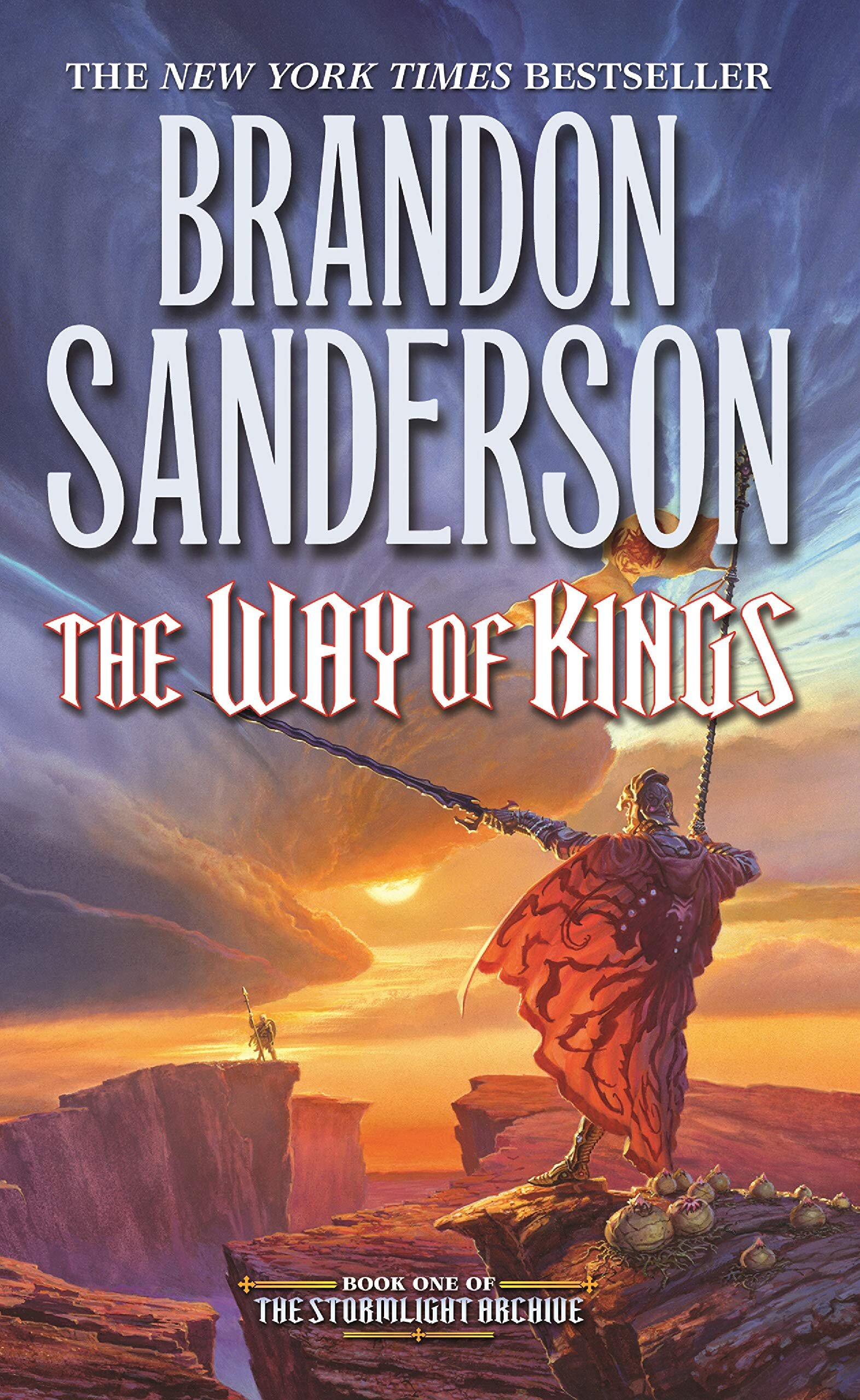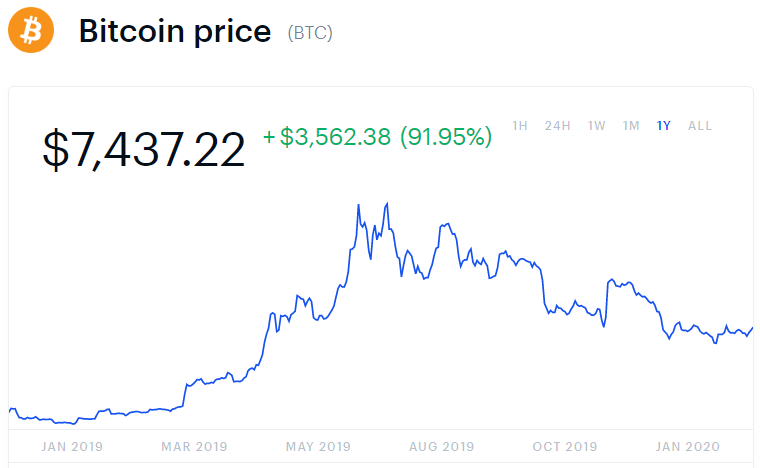Ahh the new year. A time of beginnings. A time of reflection.
A time of goals.
I love setting New Year’s Resolutions. They are a time-honored tradition in my family. Every year we go to the nearest Buffalo Wild Wings on New Year’s Day to watch Bowl Games and make our resolutions for the coming years. Each person goes through how they did on last year’s list before generating and sharing their list for the upcoming year.
Now admittedly, there is a strong sense of nostalgia tied up in this annual ritual, but I still find myself regularly surprised by the flack that New Year’s Resolutions get. The jokes that by February most of these ambitions will have fallen by the wayside. People who wear their lack of resolutions like a badge of honor.
What’s so wrong with goal setting?
I think a lot of the pushback is an outgrowth of the disease of comparison that has been amplified by social media. I call it Everythingisawesomitus. If there is one phrase I have written on this blog more than any other it very well could be “Comparison is the Death of Joy” (Close runner ups would probably be “Everything is a Choice” and “Non-participating preferred equity better aligns long-term incentives between founders and investors”)
Our capitalist culture places incredible value on achievement. By in large, this is a VERY good thing. It is what has made our country the beacon of hope and progress it is for so many people around the world. It is what has made the US the best place in the world to build, create, and innovate. Don’t get me wrong, we’ve got our fair share of problems (none of which I would like to get into in this post), but I think it is pretty tough to make the argument that the light of the world is anything but much darker without the US in it.
This emphasis on achievement does have its downsides. Fulfillment’s ugly step brother is anxiety and when our fulfillment is tied to external pursuits, anxiety will inevitably be waiting in the wings. When we progress, we feel great, but when we stand still we feel like the world is passing us by.
I think that is why people resist goals. Goals are scary. They can loom over us as a reminder of all that we haven’t done yet. I don’t think it’s a coincidence that the most driven and successful people are often also the most anxious. The drive and determination to set and achieve goals is the same thing that makes people susceptible to being anxious whenever they don’t. These feelings are only amplified when we see the high school friends on fancy vacations or ex-girlfriends score their dream job (Note that this latter point is not something I can relate to. As my best man joked to uproarious laughter during his speech at my wedding, “I’d tell a hilarious and embarrassing story about one of Erik’s ex-girlfriends if he had any!”)
If you don’t somehow achieve every single New Year’s resolution, you feel like some sort of immense failure, especially compared to the Instagram Bourgeoisie.
I don’t think it has to be this way and I have some tips on how to make goal-setting the positive experience it should be.
Go Big or Go Home
I think part of the reason that New Year’s Resolutions are a positive thing for me and my family, is that there is absolutely zero expectation of achieving all of them. I have 50 New Year’s Resolutions for 2020. FIFTY. I will list some of them out below for any curious but you can rest assured that there is absolutely no way that I achieve all of them. Some are crazy ambitious. Some are completely out of my control. Year after year, the person who achieves the highest percentage of their goals at best will achieve 50-60% (I am not counting you, Trond, and your annoyingly consistent habit of setting 4 goals every year that will be almost impossible for you not to achieve.). Our resolutions are more “want-to-dos” than they are hard and fast goals that must be achieved.
Having a lot of goals takes the pressure off. If you know you will never achieve all of them, then there isn’t any anxiety when you don’t. You are perfectly enabled to download Duolingo and try to learn French for a week before deciding “You know what? French sucks and I don’t want to learn it.” No problem. That is 1 out of 50 you didn’t get and will give you the time to try to achieve a couple of others out of the remaining 49.
Start Early and Measure Often
Ok. Time for me to answer the question that I know has been on your mind.
Erik, this is great. There hasn’t been a single Arsenal reference yet and I mean, it isn’t as good as your post on The Crown. but your self-deprecating wedding speech joke gave me a good chuckle so I am vibing with you here. But why oh why are we discussing New Year’s Resolutions in February?! A little late me thinks!
So glad you asked. The fundamental issue with New Year’s Resolutions is that we remember to start coming up with them at 2:34 pm on New Year’s Eve. Sandwiched right between “Is this dress too shoulder-y?” and “Which mixed-drink will have me in the least amount of pain tomorrow?” is “Oh crap, what am I going to tell everyone when they ask about my New Year’s Resolutions?”
Now I don’t think there is anything wrong with some spontaneous resolutioning. Have some fun with it. But if there is a change that you want to make in your life, please oh please, do not try to go 0% to 100% on January 1. This is where most resolutions fall apart. There is no prep work.
Why am I writing this post in February? Because if you want to really use the New Year for a fulcrum for change, you’ve got to start laying the groundwork ahead of time. Like way ahead of time. Maybe not in February but definitely before November when the holidays start heating up and habits partially formed are easy to let fall by the wayside.
You will see in my resolutions below that many of my goals are related to healthy eating and exercise. The reason these are heavily represented in my resolutions is that they have been a focus area for me over the past 6 months preceding the end of the year. I was not expecting to go from never working out to throwing my body weight around in the gym. I started working the gym into my routine ever since July. I started slow but by the end of the year, I was consistently making it into the gym 5 days a week. This gave me a strong platform habit to build off of. Once you have that foundational habit locked in, it is much easier to build off of it than trying to start from scratch.
Obviously, everyone has got to start somewhere, but momentum is the name of the game. You’ve got to go slow to go fast. Start easy and work your way up to the more ambitious goals. If you don’t want to watch TV during the week, start by not watching TV on Wednesdays. If you want to work out every day before work, start by simply setting your alarm early and get the habit of waking up earlier going.
Once you do get a habit going, make sure to measure it. I have made this mistake before of getting discouraged because I don’t see the results I want immediately. Incremental changes can be super motivating if you measure them, but they won’t even be noticed if you aren’t. Measurement tightens feedback loops and get’s momentum on your side. It may be cliche, but the quote “if you want to improve something, first you need to measure it” rings true, especially when it comes to resolutions.
Follow that North Star
There is another reason that I have heard cited for why people don’t like goal-setting. For smart, ambitious, driven people, if they set a goal, they will achieve it. But are they setting the right goals? Does their focus on their goals put up blinders to opportunities that present themselves serendipitously?
Outside of New Year’s Resolutions, I am actually not that big of a goal guy. The way I navigate this ocean called life is by always trying to keep myself pointed towards my North Star. By doing this, I am able to keep myself oriented directionally towards where I want to go in life, but I retain the flexibility to adapt and evolve that following a strict 20-step goal framework wouldn’t allow. It also allows for a certain amount of experimentation. My North Star is that I want to be part of building companies that make an impact by solving important problems.
Sounds somewhat specific but there is actually a ton of flexibility within it.
What kind of problems? Does ‘build’ mean as an investor or an operator? Do I want to devote my life to building one company or several?
Despite having a very clear idea about what my North Star is, the details are all quite fuzzy. And this is a good thing! It allows me to experiment. To make mistakes, learn from them, and slowly course correct. I try something new and I can say “A, B, and C, aspect of this are right for me, but D and E are not” and then I can use that information to track my way to the next opportunity.
Journey before destination. If your goals have you putting blinders on, I recommend thinking about what your North Star is and allowing a little bit more room for minor course corrections as you navigate your way towards it.
Be ok to be in a rut
We started with why people resist resolutions and we end with it. We all have a case of Everythingisawesomitus. We are absolutely allergic to ever letting anyone see us at anything less than our absolute best. What is a natural human tendency to want to put your best foot forward has been amplified by social media to cataclysmic levels. We compare our 100% to someone else’s best 10%. And how can we match up?
What if we didn’t have to?
What if we were ok with being in a rut?
Honestly, what is wrong with having a little struggle in our life? If we accept the truism that life has its ups and downs, then the syllogistic conclusion we must draw is that everyone goes through ruts. Everyone struggles. No one has it perfect.
It is ok to be in a rut. Ruts can be a time for self-reflection, learning, and growth. They can be a time to assess what really matters and they often reveal who our true friends really are.
They aren’t easy. The most important thing is to try to stay positive and be patient.
You are where you are for a reason. Accept it, don’t give in to it, and try to wait it out. The sun will come up tomorrow and it will be a brand new day.
I know all this is easier said than done. I am going through a bit of a rut right now and I wish I was half as good at following my own advice as I am at dishing it out.
But it can be done. And the first step is to be ok with where you are, whatever you are going through.
My 2020 Resolutions
For any curious, here is my mostly un-redacted list of personal goals for the coming year. I am only holding the few that could get me in trouble a little closer to my chest.
Get down to 210 lbs by 4th of July
End 2020 under 200 lbs
Track food daily
Meal prep for lunches
Weigh myself daily
Measure myself weekly
Run two miles without stopping
Deadlift, squat, and bench my body weight
Get 8 hours of sleep each night
Be more of a joiner
Volunteer for two events during the year
Try Yoga
Go on evening walks with Caitlyn
Be more empathetic towards others
Be a better listener
Be slower to anger or react defensively
Assume best intentions in others until proven otherwise
Spend more time reading the bible
Read 10 non-fiction books
Read 5 fiction books
Complete the No Code MVP Bootcamp
Build my first side project
Go to church every week. Watch sermons online if we miss the service or are out of town
Eat healthier
Don't treat every dinner out as a special occasion
Two trips to Colorado
Two trips to Virginia
Body fat % under 20%
Grow a full beard
Do more romantic things for Caitlyn
Take more initiative with helping around the house
Be less gross
Continue to deepen my relationship with Christ
Have the courage to stand up for my faith and my beliefs
Communicate more clearly about my thoughts, needs, and opinions
Be up front about what I do and do not want to do
Do 5 pull-ups
Continue to blog every week
Continue to utilize my CRM to stay in touch with people
Be more efficient with my time
Pray more
Happy wife
Workout 6 days per week
Eat out less
These are my resolutions. This is the system that works for me. Your mileage may vary. What are the resolutions that you are working on?













































